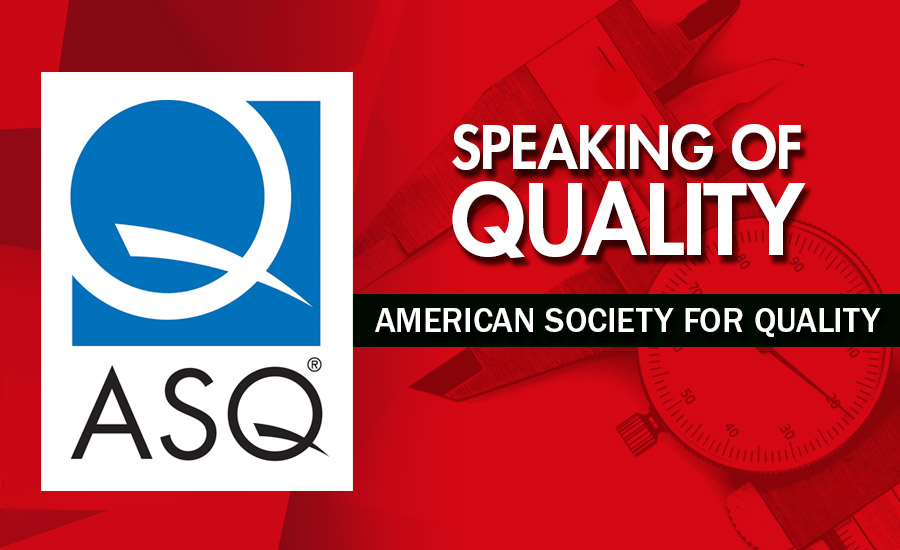“Cost is more important than quality but quality is the best way to reduce cost.” — Genichi Taguchi
Cost of quality. Three small words; one big phrase. It appears like a straightforward expression, but there is enough misinformation floating around that quality professionals are compelled to take to their blogs and write about what cost of quality is and—just as importantly—what it is not. The most common misperception of cost of quality is that the term refers to the cost of creating a quality product. This might be because people are still under the impression that higher quality equals higher costs, either through supplies or labor. That simply isn’t the case.
Armand Feigenbaum described cost of quality (or quality costs) in the Harvard Business Review (1956). Feigenbaum explained that cost of quality is a means to quantify the total cost of quality-related projects and deficiencies. Cost of quality began to show that process improvement efforts actually decreased cost.
Another way of stating it is, in the words of Philip Crosby, “The cost of quality is the expense of doing things wrong.” Crosby also called it “the price of nonconformance,” and argued that, rather than simply occurring through the course of business, organizations choose to incur these costs. This statement helps us home in on a single meaning of the phrase and how we use it.
In The ASQ Quality Improvement Pocket Guide: Basic History, Concepts, Tools, and Relationships (ASQ Quality Press, 2013), Grace Duffy explains, “Cost of quality is a methodology that allows an organization to determine the extent to which its resources are used for activities that prevent poor quality, that appraise the quality of the organization’s products or services, and that result from internal and external failures.” Cultivating this information, Duffy continues, allows your organization to determine potential savings through process improvements. In using this methodology, you will want to track the quality-related activities that incur costs in four areas:
- Prevention costs are incurred to prevent quality problems, and they could include: product requirements, quality planning, quality assurance, and training.
- Appraisal costs are measuring and monitoring activities, including: verification, quality audits, and supplier rating.
- Internal failure costs are incurred to remedy defects discovered before the product or service is delivered to the customer, including: waste, scrap, rework or rectification, and failure analysis.
- External failure costs remedy defects customers discover and could include: repairs and services, warranty claims, complaints, and returns.
“These costs must be a true measure of the quality effort, and they are best determined from an analysis of the costs of quality,” Duffy says. “Such an analysis provides a method of assessing the effectiveness of the management of quality and a means of determining problem areas, opportunities, savings, and action priorities.” She notes that a well-performing company will have quality-related costs between 10 and 15% of total operations but that organizations might see these costs hovering around 40%.
It is essential that once the quality cost system is established, it is dynamic and integrated into the organization’s mission, goals, and objectives.
“The costs of poor quality are tangible,” stated author Subir Chowdhury, “they will cost you customers and money, and ultimately affect the success of your business.”
In the article, “Lasting Impression: Quality management’s positive impact on the economy,” in ASQ’s QP magazine, Rip Stauffer and Debra Owens report on a Center for Economic and Business Research study showing that every dollar spent on a quality management program returned:
- $6 in revenue
- $16 in cost reduction
- $3 in profit.
This is a significant return on investment. A return due to quality methodology.








